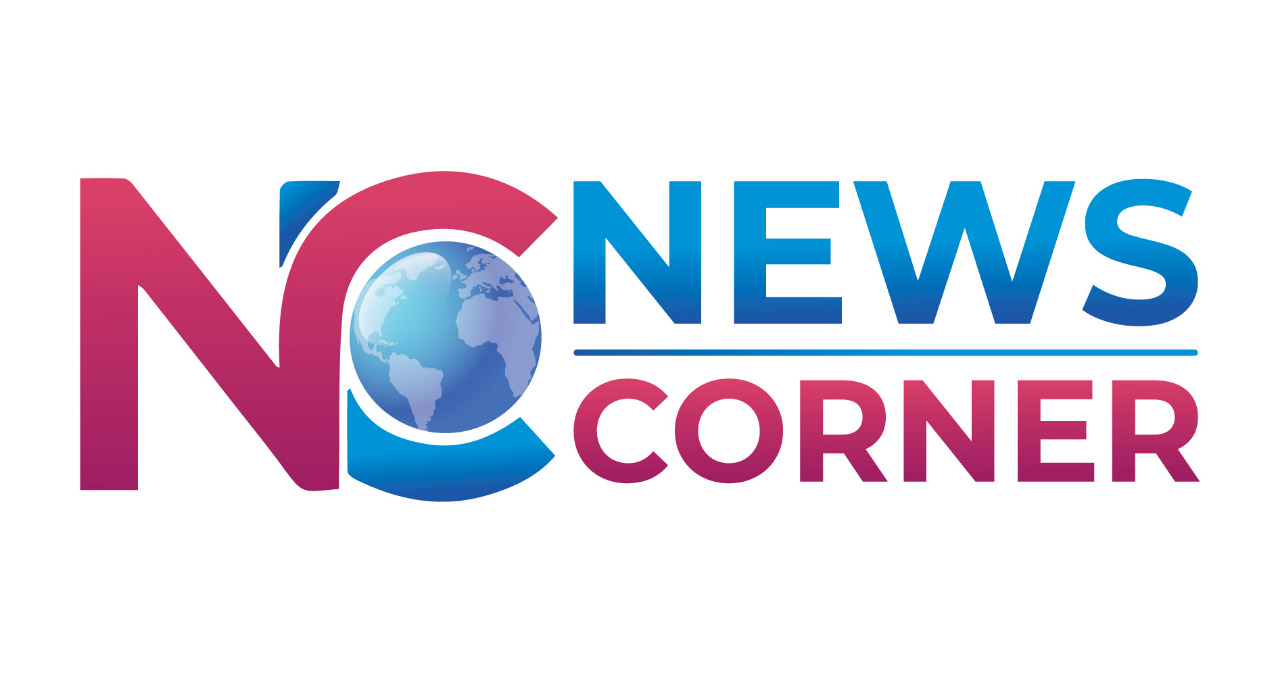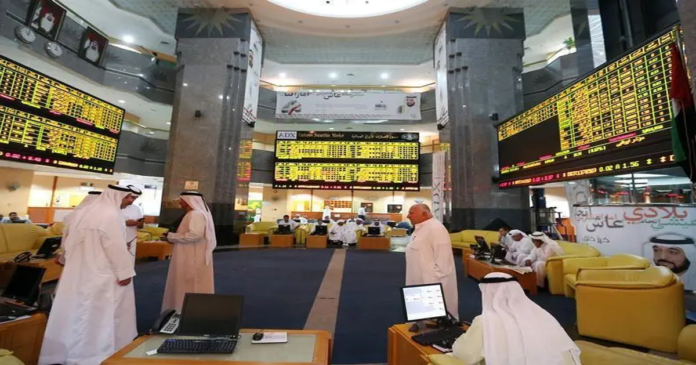After rate cuts by China and more discouraging news from the world’s second-largest economy, the majority of stock markets in the Gulf ended Tuesday’s trading day lower due to a decrease in risk appetite.
Gulf markets in red after China cuts rates: On Tuesday, China’s central bank unexpectedly reduced key policy rates for the second time in three months, providing more evidence that policymakers are stepping up their monetary easing initiatives to support the economy’s faltering recovery.
The benchmark index for Saudi Arabia fell 0.7%, carrying over losses from the previous day. Oil behemoth Saudi Aramco down 0.6%, and Saudi Awwal Bank fell 2.2%.
Due to a 5.8% drop in Mashreq Bank, Dubai’s main share index fell 0.2%.
Abu Dhabi’s index decreased by 0.4%.
The majority of the firms in the Qatari index, notably petrochemical producer Industries Qatar, which fell 1.8%, caused the index to lose 0.3% of its value.
On the back of weak Chinese economic data and worries that Beijing’s unexpected fall in key policy rates was insufficient to jump-start the country’s faltering post-pandemic recovery, oil prices—which power the Gulf region’s economy—edged lower.
However, Outside of the Gulf, the blue-chip index in Egypt increased by 0.4%, driven mostly by a 0.8% increase in the top lender, Commercial International Bank.
Furthermore, According to the central bank’s announcement on Monday, Egypt sold 626.4 million euros ($683 million) worth of one-year euro T-bills in an auction at an average yield of 4%.
SAUDI ARABIA fell 0.7% to 11,494 ABU DHABI lost 0.4% to 9,807 DUBAI down 0.2% to 4,051 QATAR eased 0.3% to 10,677 EGYPT rose 0.4% to 17,965 BAHRAIN was down 0.2% to 1,959 OMAN was flat at 4,763 KUWAIT slipped 0.1% to 7,827

